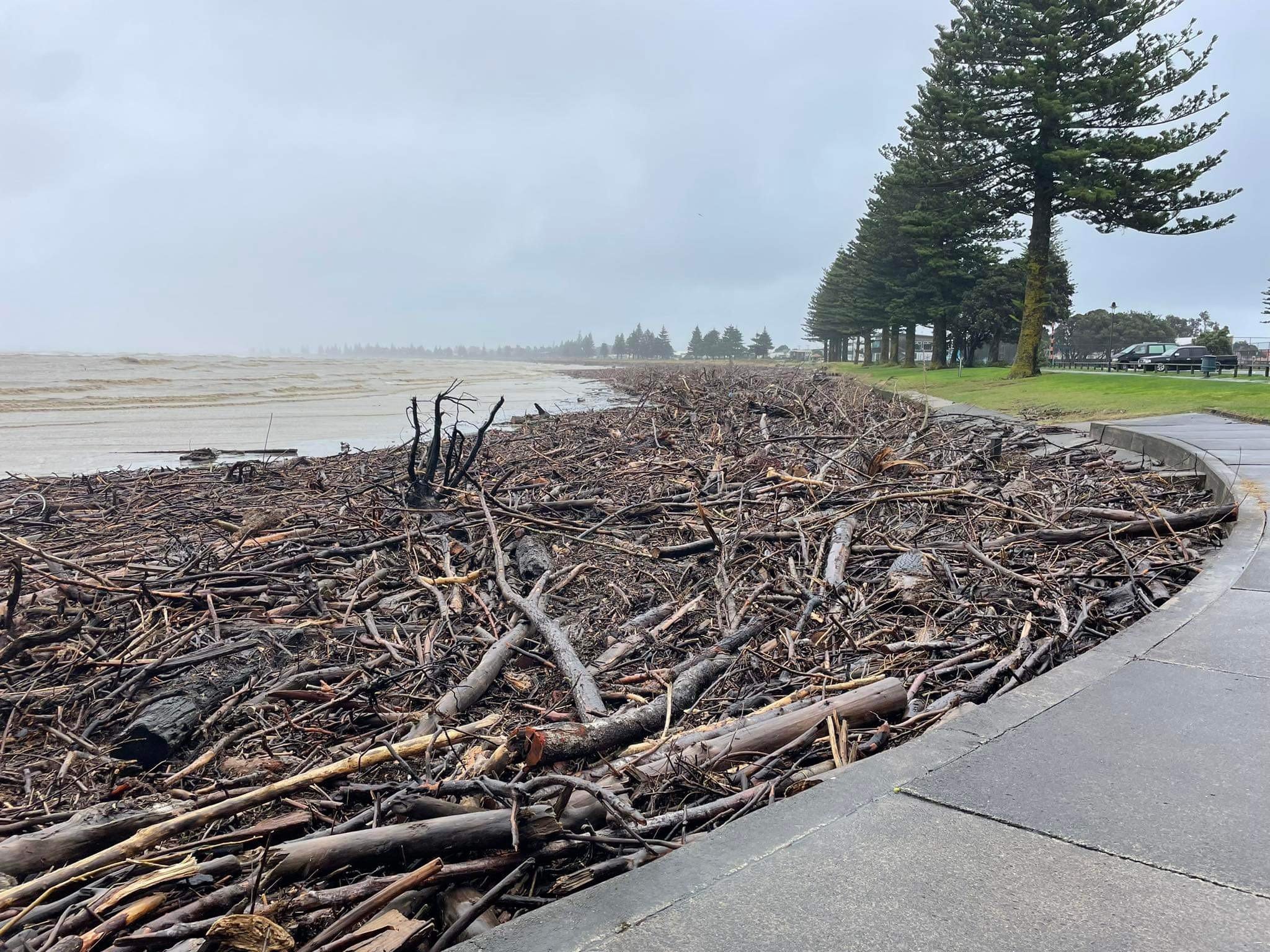
Why invest in indigenous forest ?
RRA is offering investors a chance to engage in meaningful, profitable and impactful initiative for climate change mitigation.
If you’re a forward thinking socially conscious individual or organisation then you’ve seen the flaws in pine forest management and the disastrous outcomes of slash for New Zealand communities when adverse weather driven by climate change strikes.
“Heavy slash is still being left in these places, due to health and safety reasons, and will mobilise chaotically downhill and downstream after intense storm events. There is a pipeline of material on hills, along river and stream banks, and heavy slash is still being created.”
https://www.stuff.co.nz/nz-news/350425623/scientific-paper-calls-urgent-review-forestry-regulations
During Cyclone Gabrielle pine forestry slash caused damage to infrastructure, including roads and bridges, destroyed homes and private property, caused loss of life and left apocalyptic scenes in the cyclones aftermath across Eastern regions of the North Island.
The case for indigenous reforestation
Unlike pine, which creates poor habitats and further damage to the land, RRA’s long-term indigenous reforestation projects returns unproductive land back to its original natural state with massive ecological benefits for Aotearoa New Zealand.
RRA reforestation projects not only generate profits, they provide investors with the opportunity to offset their own or others' carbon emissions while providing the personal satisfaction and/or corporate kudos thats comes from contributing to the fight against climate change.
Natural forests act as long-term carbon sinks, storing carbon in both biomass and soil for decades, even centuries. Their ecosystems are dense and diverse, creating more layers of carbon storage, from the soil microorganisms to the tree canopies.
Plantation forests, like pine, are typically managed for short-term cycles. After harvesting, the carbon stored in the wood quickly returns to the atmosphere, especially when used for products with short lifespans like pulp and paper. Some managed forests can retain carbon in products like lumber used for construction, but even so, they don’t replicate the complex, enduring carbon storage found in natural forests.
With a good sense profit retuning investment helping to reduce soil erosion, support moisture retention, moderate temperatures, and protect the resilience of Aotearoa’s waterways, you know you’ll be feeling good about playing your part in the way forward for the Motu’s land.
Invest in tomorrow, plant a legacy today
‘The ratio of storage to carbon between natural forests and plantations like pine trees is 40:1 - so there's a huge difference. The reason being is with plantation forests, if you're going to grow radiata pine, they'll capture carbon for the first cropping cycle but then it gets harvested and it ends up as pulp and paper and ends up back in the atmosphere.’
https://www.rnz.co.nz/news/national/393832/one-billion-tree-plan-flawed-says-climate-scientist


